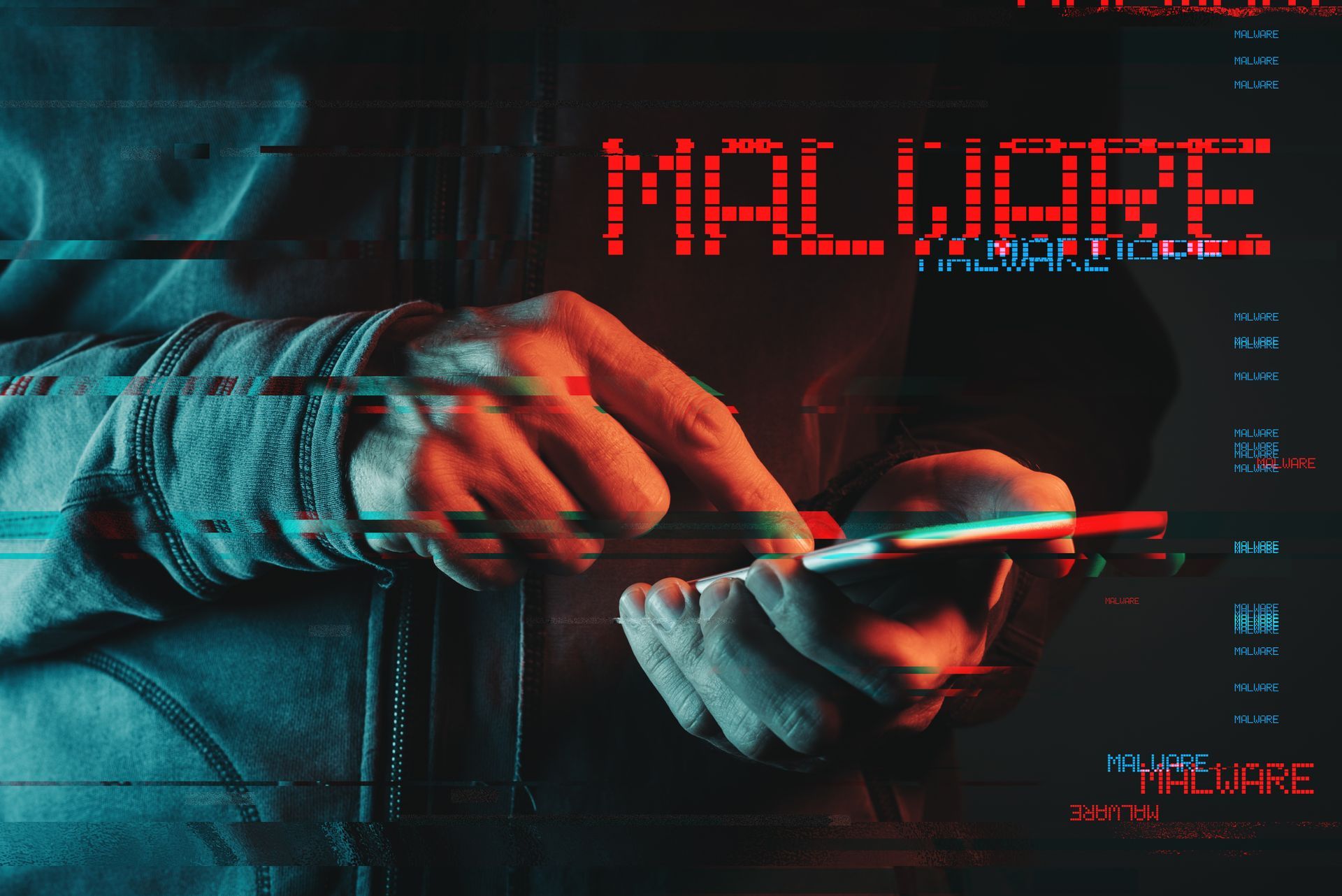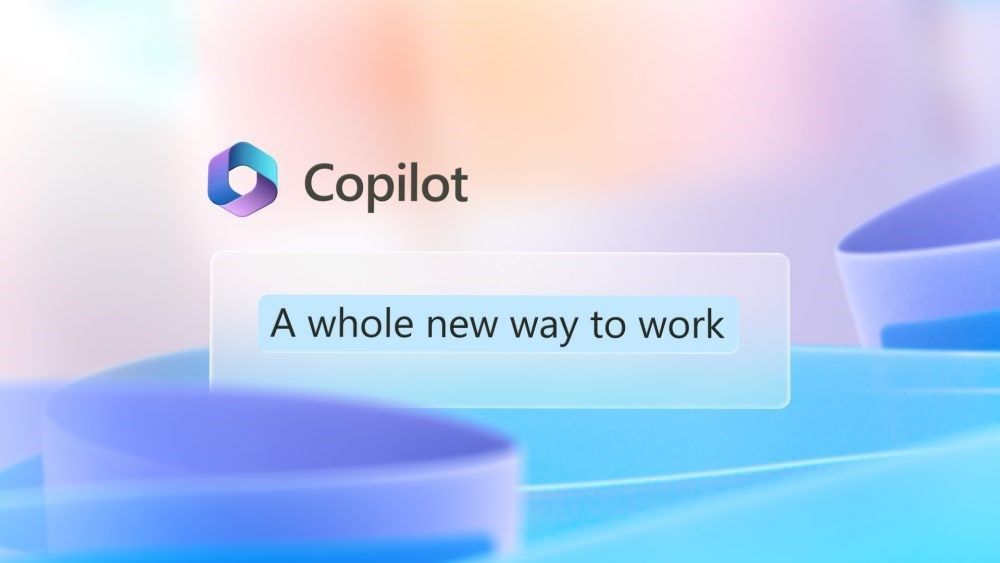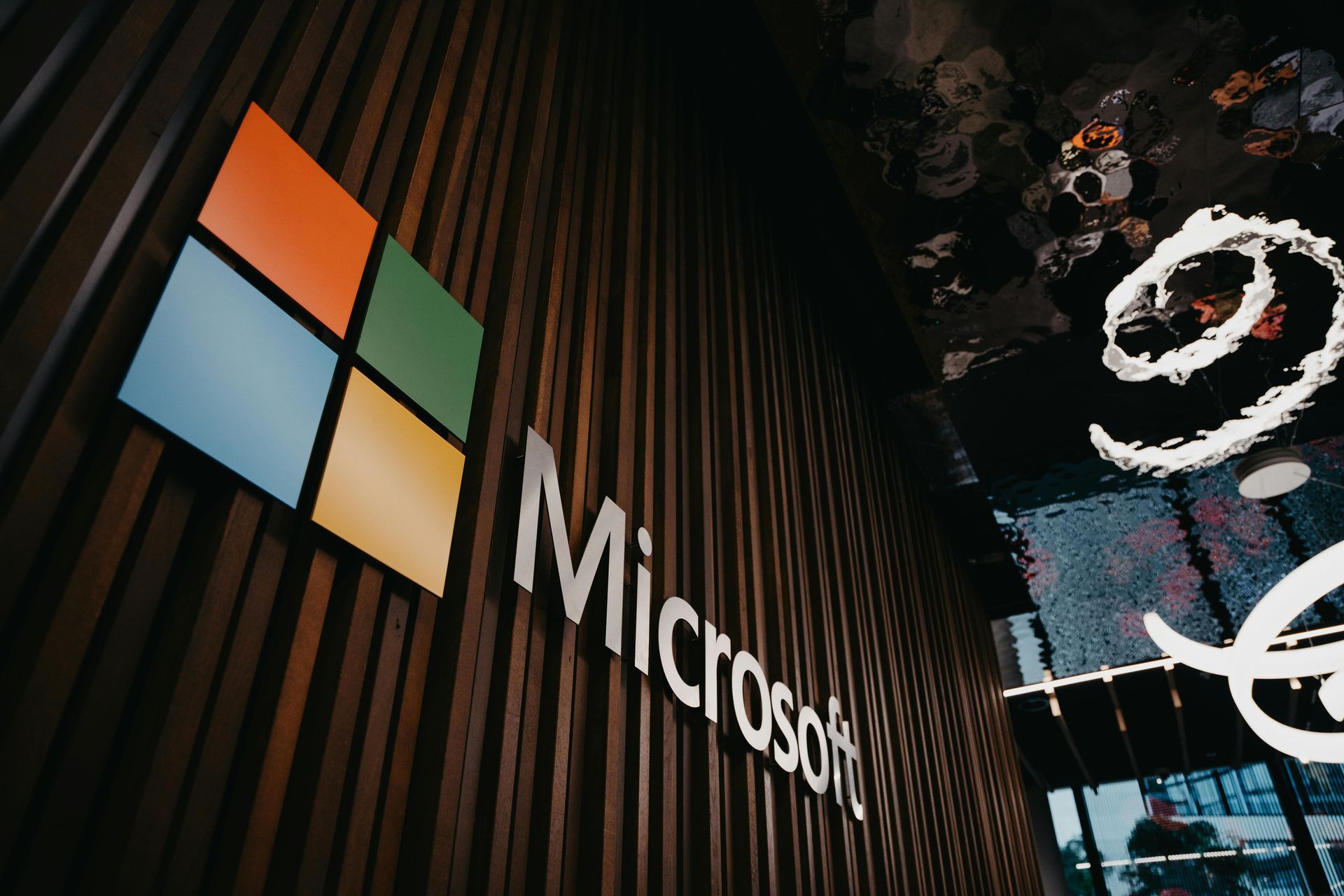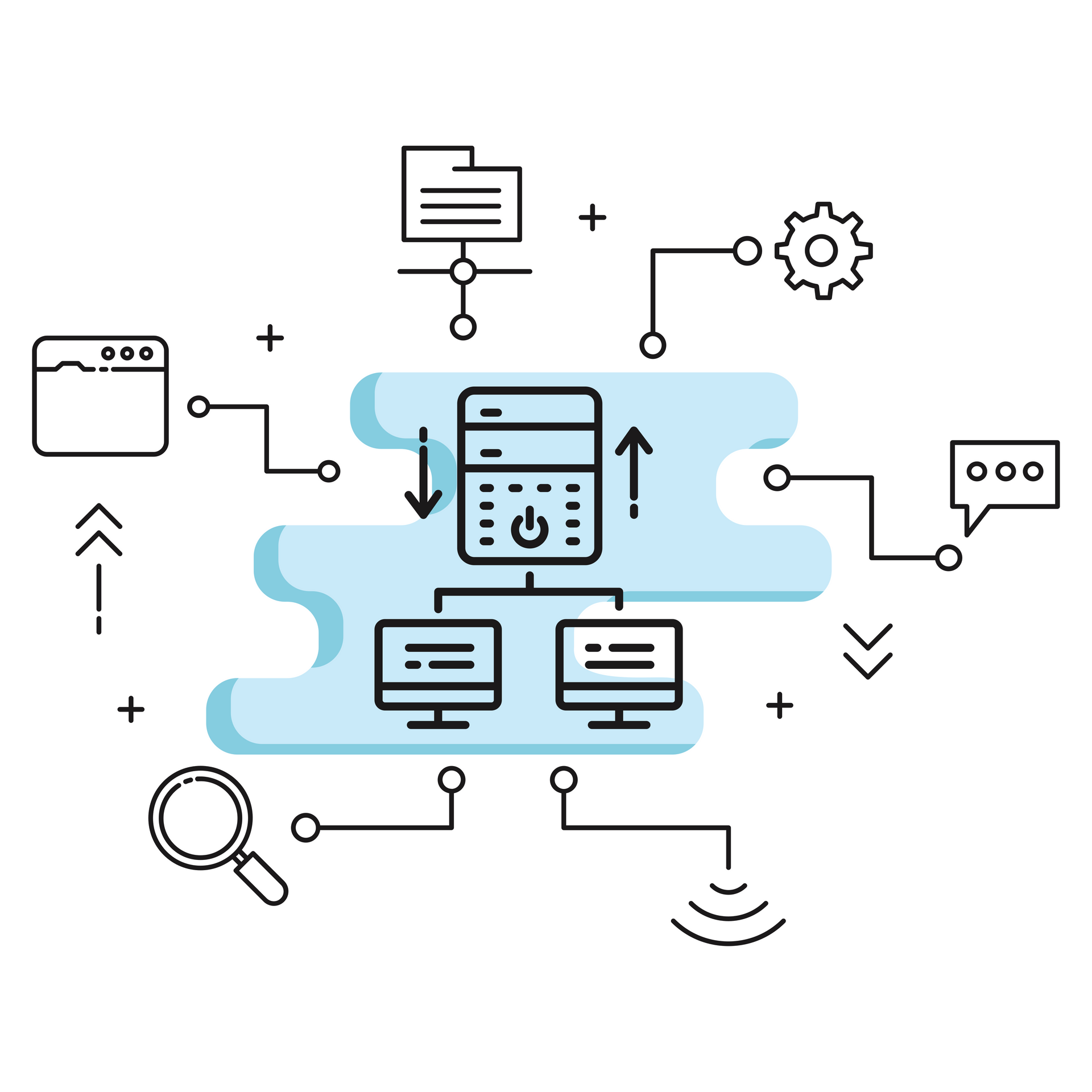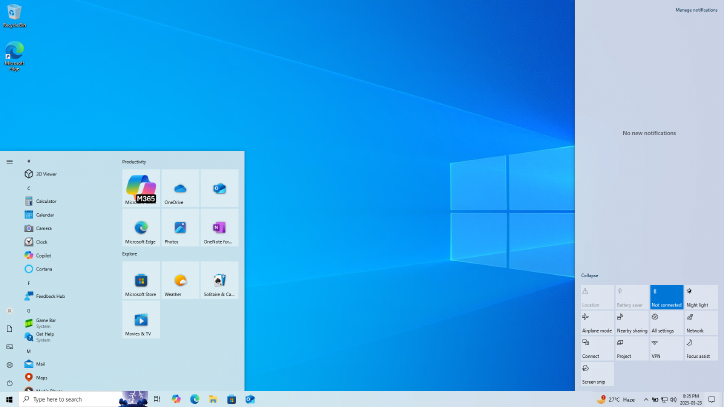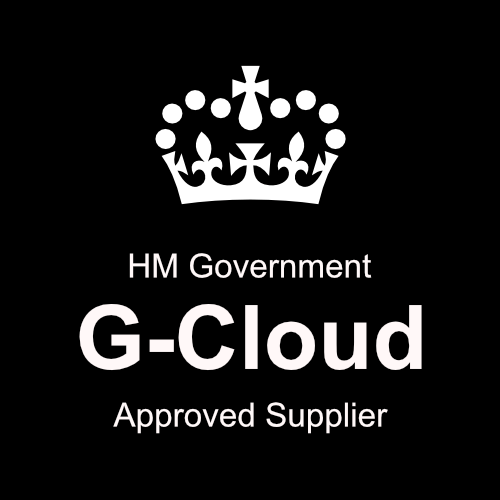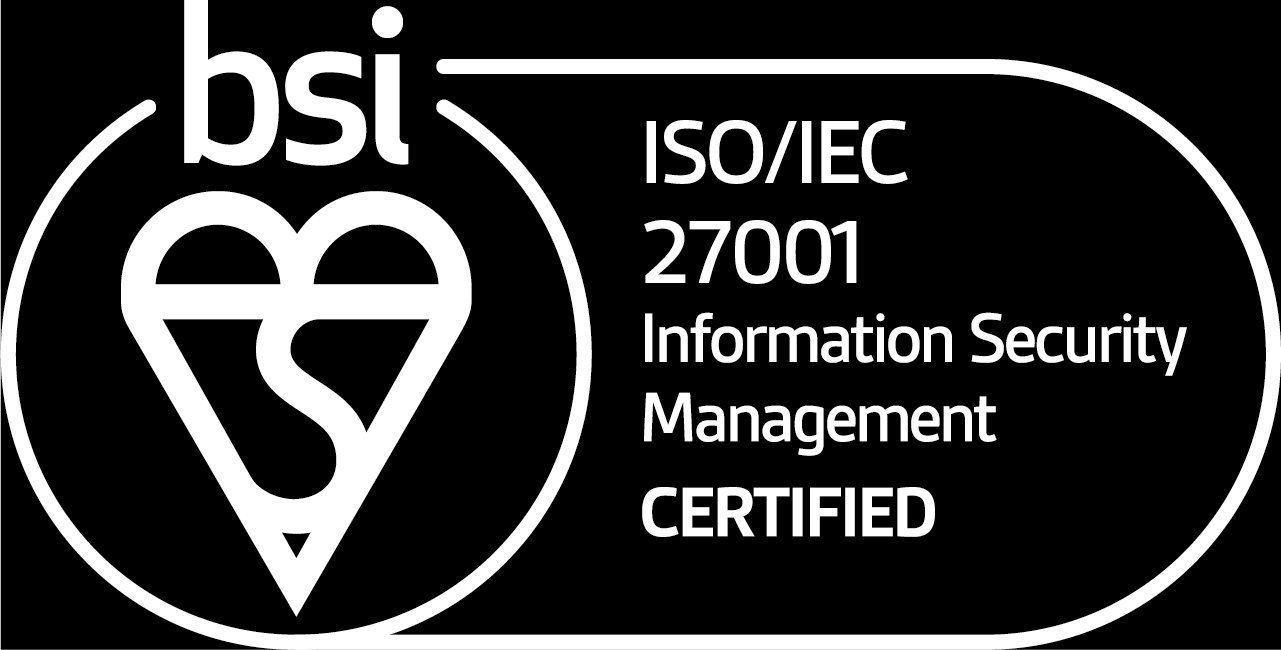£312 Million Spent Upgrading to Windows 10—Just as Support Ends
The UK's Department for Environment, Food & Rural Affairs has spent £312 million modernising its IT infrastructure, including replacing 31,500 Windows 7 laptops with Windows 10—an operating system that officially reached end of support in October 2024. The timing raises serious questions about IT planning and the mounting cost of technical debt in public sector organisations.
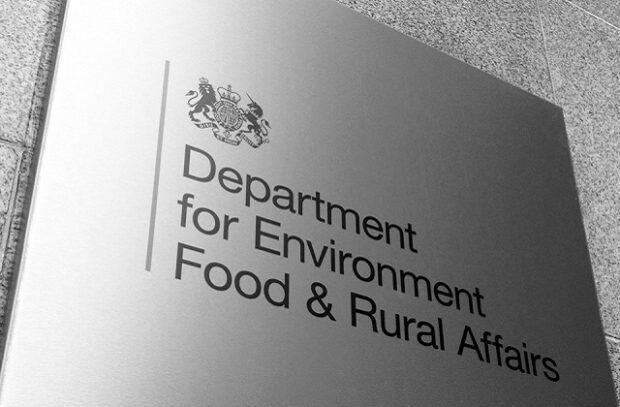
The Modernisation Programme
Details emerged in a
letter from Defra's interim permanent secretary to the Public Accounts Committee, responding to recommendations from May 2023 about strengthening business cases for IT investment. The response arrived over a year past its May 2024 deadline.
During the 2022-23 to 2024-25 spending period, Defra invested heavily in replacing obsolete devices and software. Beyond the Windows 7 to Windows 10 migration, the department addressed over 49,000 critical vulnerabilities, migrated 137 legacy applications, and closed one ageing datacentre with three more closures planned. An extensive security solution has been deployed to protect obsolete servers until full upgrades can be completed.
Defra maintains the refresh will improve efficiency, enhance reliability of critical systems including flood prevention and border controls, and reduce cyber risk exposure. However, deploying an operating system that Microsoft stopped supporting the same year suggests portions of that £312 million investment may have purchased obsolescence rather than modernisation.
The Backlog Continues
The next phase of Defra's modernisation programme reveals the depth of remaining challenges. Plans include remediating and migrating business-critical legacy applications to cloud infrastructure, whilst prioritising cyber and personnel risks. Most tellingly, Defra must replace 24,000 end-of-life devices, 26,000 smartphones, and network infrastructure to maintain secure and supported services.
Those 24,000 end-of-life devices likely include older hardware unable to support Windows 10 requirements, let alone Windows 11. This suggests Defra's digital estate has been operating on borrowed time, raising questions about whether the Windows 10 rollout served merely as a stopgap measure before broader cloud migration.
The department aims to improve productivity through service transformation, phasing out paper forms, and investing in automation and artificial intelligence to reduce costs whilst enhancing customer experience.
The Cost of Deferred Investment
Defra's situation illustrates a common public sector challenge: years of deferred upgrades creating cascading technical debt that becomes increasingly expensive to resolve. Whilst the department argues this investment will release significant efficiency savings in the next spending period, large-scale hardware refreshes and migrations typically prove more expensive and complex than initially planned.
The modernisation effort represents progress after years of delayed investment. If Defra successfully executes its cloud migration and decommissioning plans, it could finally resolve a decade of accumulated technical debt.
However, the risk remains clear. Stopping at Windows 10—now itself unsupported—could leave Defra maintaining another generation of obsolete systems under a different name. Without continued momentum toward modern, cloud-based infrastructure, the department may find itself in the same position in another few years, requiring another expensive modernisation programme.
The Broader Lesson
Defra's experience demonstrates why continuous IT investment matters more than periodic large-scale upgrades. Allowing infrastructure to age significantly creates situations where organisations must spend hundreds of millions replacing systems that immediately approach obsolescence. Continuous modernisation, whilst requiring ongoing investment, avoids the accumulation of technical debt that makes future upgrades exponentially more expensive and disruptive.
The question for public sector organisations becomes whether they can maintain momentum toward truly modern infrastructure, or whether budget cycles will force another pause that creates the next obsolescence crisis.
Avoid the Technical Debt Trap
At Altiatech, we help organisations develop sustainable IT modernisation strategies that avoid accumulating technical debt. Our approach focuses on continuous improvement rather than disruptive large-scale replacements, ensuring your infrastructure remains current, secure, and cost-effective.
Whether you're planning cloud migrations, managing hardware refreshes, or navigating complex legacy system challenges, our team provides strategic guidance and practical implementation support.
Get in touch:
📧 Email:
innovate@altiatech.com
📞 Phone (UK): +44 (0)330 332 5482
Modern infrastructure. Sustainable investment.




